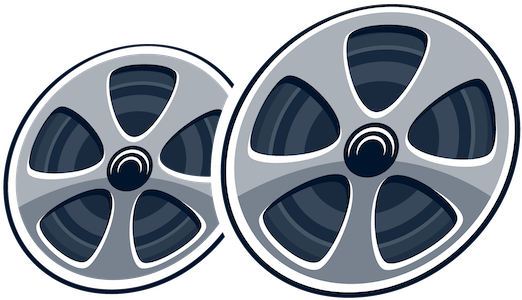As moviegoers prepare for the weekend, the spotlight shines brightly on the highly anticipated sequel, Smile 2, from Paramount Pictures. This film follows the footsteps of its predecessor, which emerged as a remarkable success story in a pandemic-affected Hollywood landscape. Despite initial tracking forecasts suggesting a notable box office performance in the $20 million range, current presales indicate a potential return around the high teens.
The original Smile was a cinematic phenomenon, generating substantial buzz that translated into impressive box office numbers. Debuting with $22.6 million, it ultimately grossed $105.9 million domestically and $217.4 million worldwide. Its unexpected success can be attributed to creative marketing strategies and timely release, allowing it to dominate the horror genre when other films were delayed. In stark contrast, certain properties like Disney’s Hocus Pocus 2 struggled due to their confinement to streaming platforms, further showcasing the unique positioning of Smile in a time when audiences craved immersive cinematic experiences.
In Smile 2, we see a shift in narrative focus and character development. While the first installment followed psychiatrist Dr. Rose Cotter, portrayed by Sosie Bacon, navigating a haunting psychological journey, the sequel introduces a new protagonist. Naomi Scott, known for her roles in Power Rangers and Aladdin, takes center stage as a pop star confronting both external horrors and internal demons linked to her past. This character transition not only refreshes the story but also allows for new avenues of horror, especially related to fame and its accompanying pressures.
Despite the fresh premise, the critical reception of Smile 2 offers an intriguing insight into audience expectations. With a current approval rating of 86% on Rotten Tomatoes, down from the first film’s 80%, some wonder if the sequel will resonate as powerfully with audiences. Additionally, the CinemaScore of B- reflects mixed sentiments regarding its long-term appeal. For sequels, maintaining or improving upon the original’s impact can be a daunting challenge, particularly as genre classifiers evolve and competition increases.
Interestingly, the box office landscape this weekend is relatively sparse, especially in the horror genre, which could work in Smile 2’s favor. However, with the box office increasingly influenced by demographic trends, it remains to be seen whether the sequel can attract Latino and Hispanic audiences—a vital segment for its success. Furthermore, the film’s release strategy, which includes specialized formats like PLFs but excludes high-demand Imax screenings, may impact its ability to attract larger crowds.
The overall trajectory of Smile 2 will be closely monitored as its release weekend unfolds. While it seems poised for a solid opening, projections indicate that sustaining success in subsequent weeks will depend on word-of-mouth and critical reception. The film’s ability to align with current audience trends and preferences could determine whether it achieves its ambitious box office goals or falls short, establishing a precedent for future horror sequels in an ever-evolving cinematic landscape.

